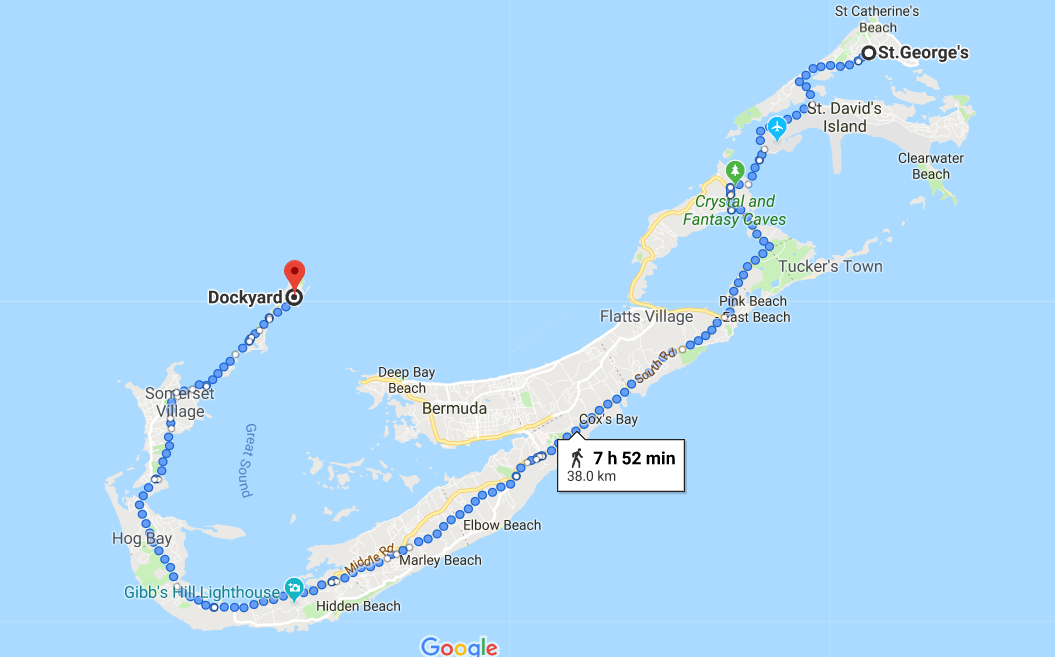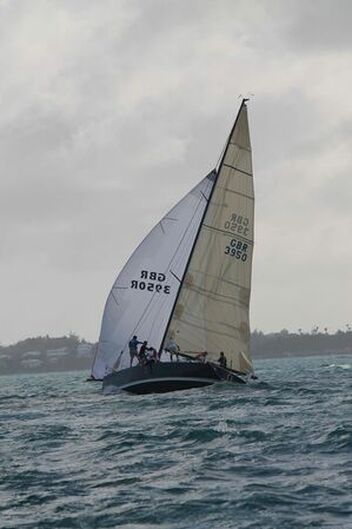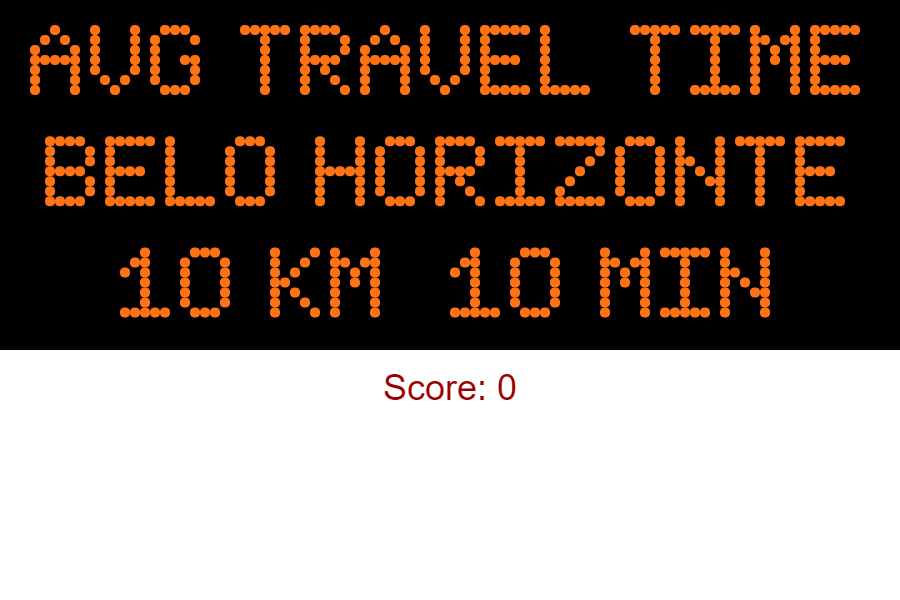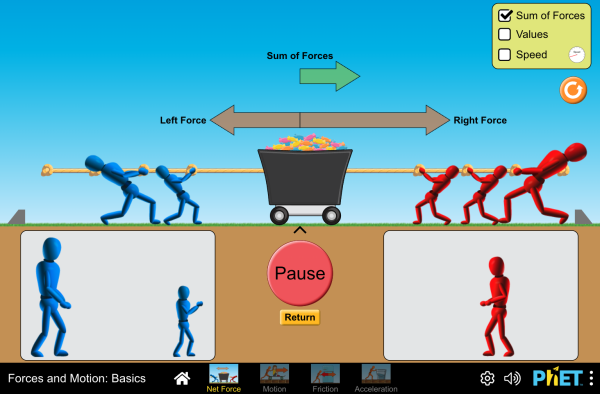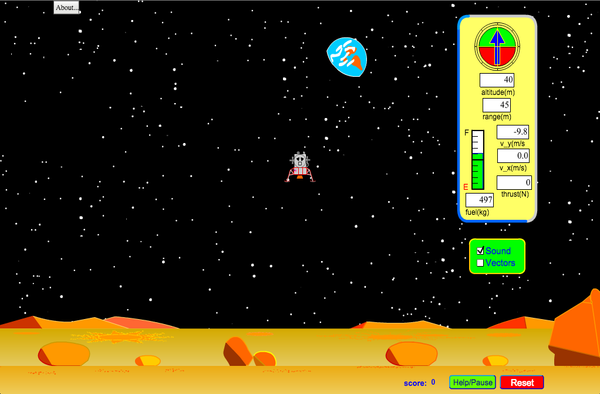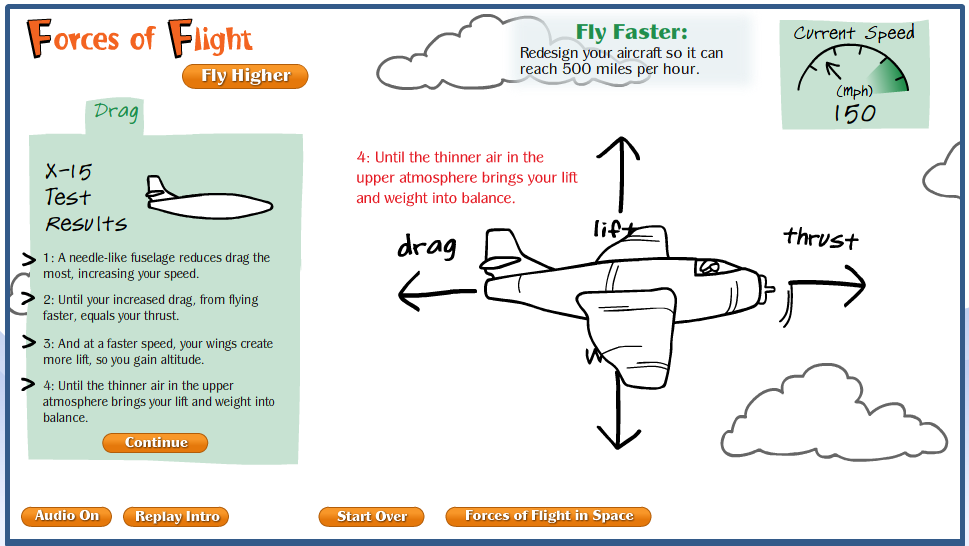This unit revises work from Year 7 on speed, introduces the speed equation and revises the effects of balanced and unbalanced forces on moving objects. It goes on to look at acceleration quantitatively, and then why moving objects have maximum velocity. The unit is set in the context of Bermuda, wherever possible. Instead of an end-of-unit test, this unit will be assessed by a project that will be completed both in class and at home.
A - Measuring Speed
Objectives:
- Recall different units for speed.
- Recall and use the formula for calculating speed.
- Explain what mean speed is.
- Explain how measuring speed is important for road safety.
Simply put, speed is a measure of how fast something is moving. As an object moves it covers a distance in a certain time. The equation that enables us to calculate the speed is:
\[speed=\frac{distance}{time}\]
\[speed=\frac{distance}{time}\]
|
'Cyclone' is a yacht that I regularly race on here in Bermuda. The owner and some of her crew are competing in the Marion to Bermuda yacht race in June. The distance along the rhumb line (straight line from Marion, MA to Bermuda) is 645 nm. Assuming that Cyclone's average speed will be 7 knots (nm/hr), how many days of food should the crew take?
\[s=\frac{d}{t}\] So \[t=\frac{d}{s}\] \[t=\frac{645}{7}\] \[t=92.1\,\text{hrs}\,=\,3.8\,\text{days}\] |
LAB WORK - Measuring Speed. You will be using a variety of methods and techniques to measure the speed of a moving object.
|
|
VideoPhysics - instructional guide to using the motion analysis app that we will be using in class
|
B - Forces
Objectives:
- Explain what balanced and unbalanced forces do to the movement of an object.
- Explain what a resultant force is.
A force is a push or pull between two or more objects. Some forces are obvious and involve a direct connection, such as your foot kicking a soccer ball or you lifting a heavy object. Others involve a indirect or non-contact force, such as magnetism or gravity. Forces do not just have sizes but also a direction. It matters which way a force acts. If there are more than one force on an object it is possible that they opposes one another and effectively cancel each other out - we call this balanced forces. It is very common situation and is happening to you right now. Gravity is pulling you down and the floor (or chair) is pushing you upwards.
The resultant force is the overall result of adding all the forces acting on an object. If they perfectly balance each other, then the resultant force is zero. If they both were to be pulling in the same direction, then they are just added together.
The resultant force is the overall result of adding all the forces acting on an object. If they perfectly balance each other, then the resultant force is zero. If they both were to be pulling in the same direction, then they are just added together.
|
Forces of Flight simulation and online tutorial.
|
C - Increasing and Decreasing Speed
Objectives:
- Explain what acceleration is.
- Use a formula to calculate acceleration.
- Describe how force and mass affect acceleration.
- Describe how ideas about changing speed are important for road safety.
D - Maximum Speed
Objectives:
- Recall how air resistance changes with speed.
- Use ideas about balanced forces to explain why things have a terminal velocity.
- Interpret information from a distance-time graph.
